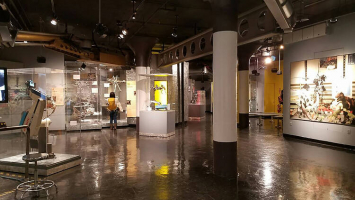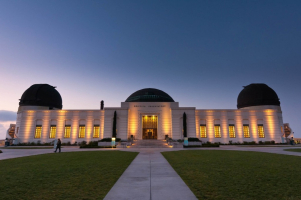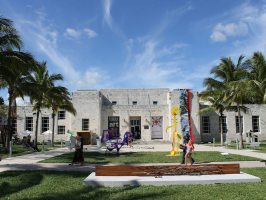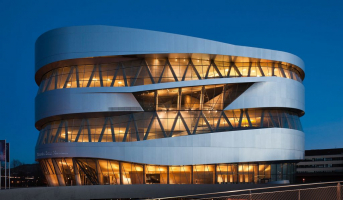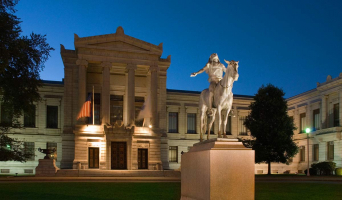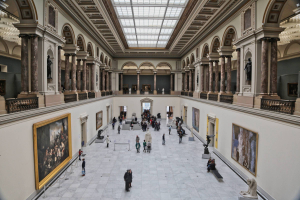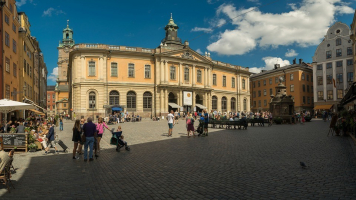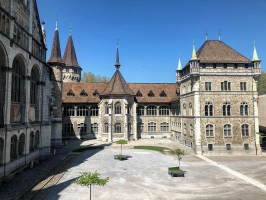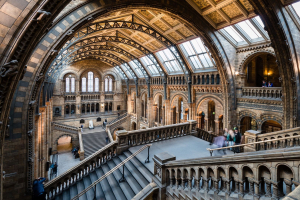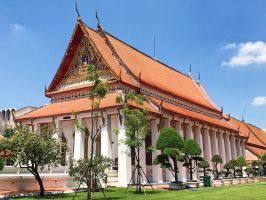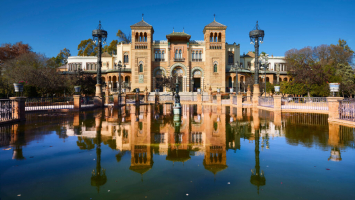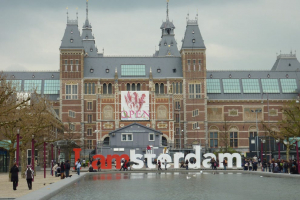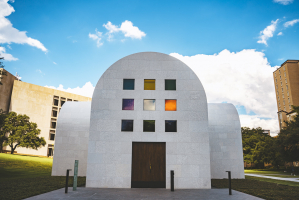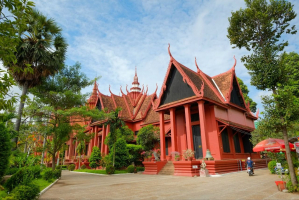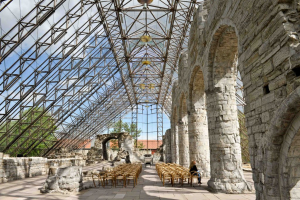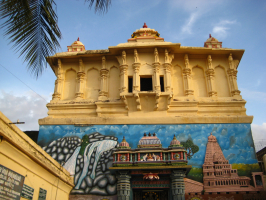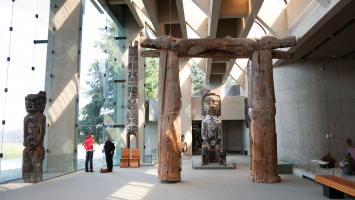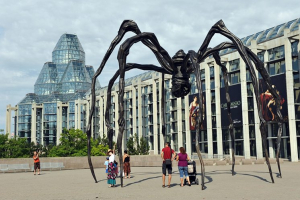Top 12 Best Museums to Visit in Vienna
From royal castles to gardens to museums, there is something for everyone. Vienna is a dream destination for artists and creatives from all over the world. ... read more...There are over 100 museums in Vienna, so there is never a shortage of things to visit and learn about. Having said that, it is difficult to visit all of them. So, if you're seeking the top museums in Vienna, these are the best museums in Vienna.
-
The imperial beauty of Vienna is a legacy of the strong Habsburg empire, which collected the extraordinary collection of art and artifacts housed at the Kunsthistorisches Museum Vienna. The Picture Gallery is the crowning jewel of this royal cache. Among the major artists featured here are Titian, Tintoretto, Rubens, Vermeer, van Eyck, Rembrandt, Raphael, Caravaggio, and Velázquez, as well as Pieter Bruegel the Elder, featuring his 1563 Tower of Babel.
The domed neoclassical building also serves as a majestic backdrop for Greek and Roman antiquities, Egyptian and Near Eastern collections spanning funerary, culture, sculpture, and writing development dating back to around 3500 BCE, priceless coin and medal collections, and gemstones, coral, and ostrich eggs transformed into dazzling artworks in the Kunstkammer Wien galleries.
Location: Maria-Theresien-Platz, Vienna 1010
Website: khm.at/en
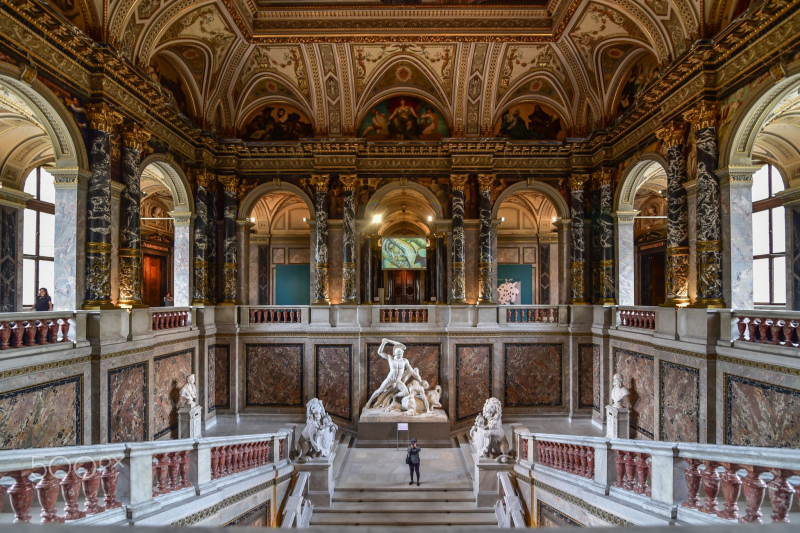
Kunsthistorisches Museum Vienna 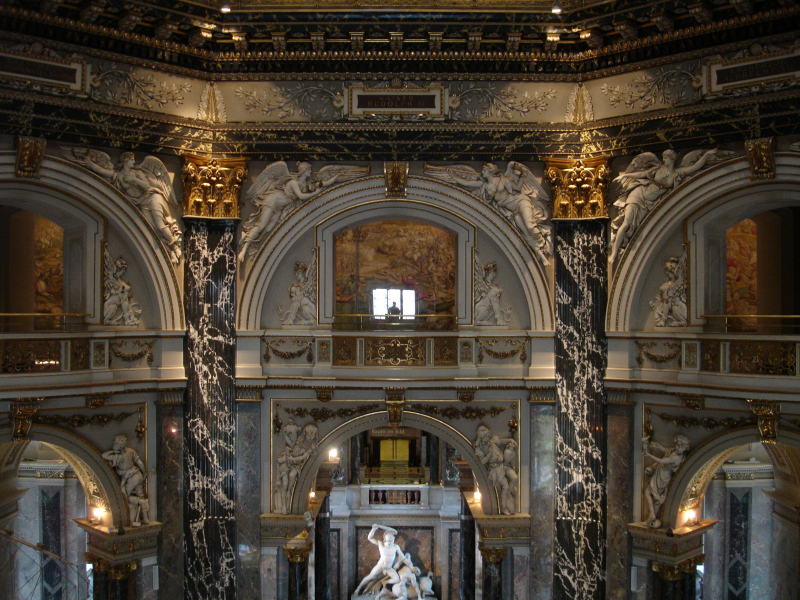
Kunsthistorisches Museum Vienna -
The Naturhistorisches Museum Wien is a large natural history museum in Vienna, Austria. It is one of the world's most important natural history museums. The NHM Vienna is one of Austria's major museums and non-university research institutes, as well as a significant center of excellence for the natural sciences. The museum's 39 display rooms encompass an area of 8,460 square meters and include approximately 100,000 pieces. It has 30 million items that are available to more than 60 scientists and several guest researchers conducting fundamental research in a variety of themes connected to human sciences, earth sciences, and biological sciences.
The Natural History Museum Vienna's history is influenced by renowned kings' enthusiasm for collecting, prominent scientists' insatiable hunger for knowledge, and the spirit of adventure of traveling explorers. In the spirit of the inscription etched onto the facade of the museum, scientists at the NHM Vienna have committed themselves and their work "to the domain of nature and its exploration" over the years.
Location: Burgring 7, Vienna 1010
Website: nhm-wien.ac.at
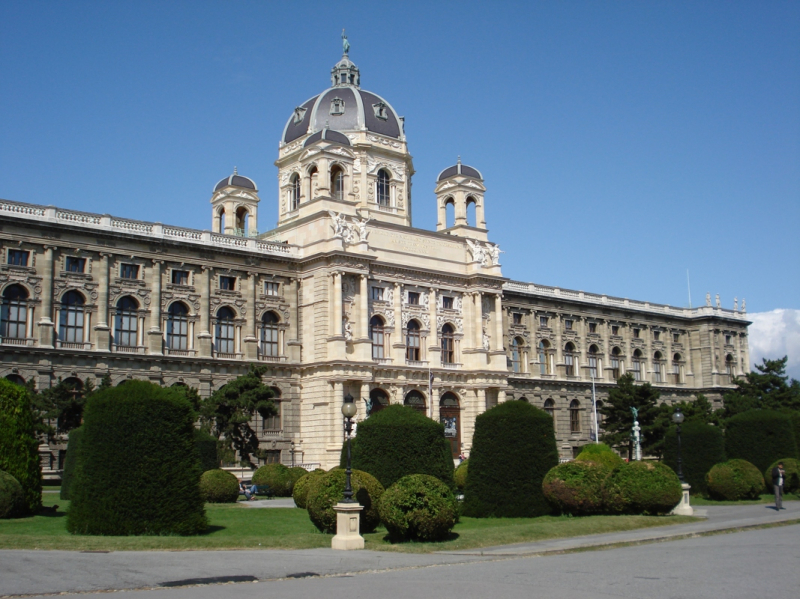
Naturhistorisches Museum Wien 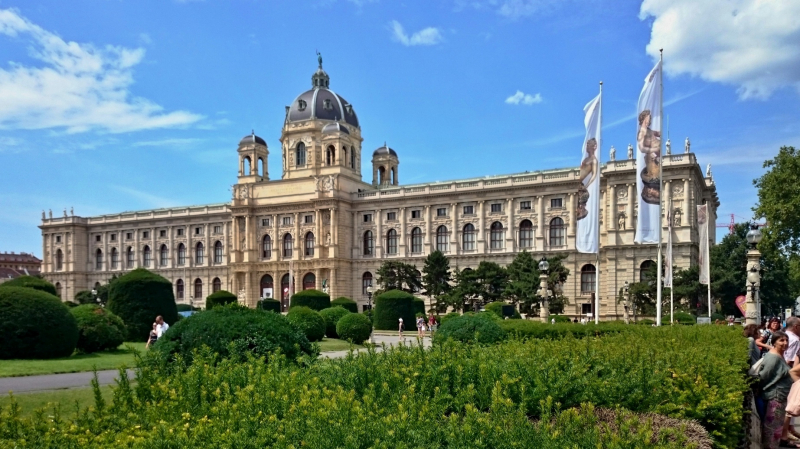
Naturhistorisches Museum Wien -
Former imperial stables have been converted into the MuseumsQuartier, a massive cultural complex that includes performing arts theaters, event spaces, and eateries. The Leopold Museum, a white-limestone light-filled hall packed with expressionist art, has the world's greatest collection of Egon Schiele.
The edgy, dark-basalt MUMOK (Museum of Modern Art) shows twentieth- and twenty-first-century trends such as nouveau realism, pop art, and frightening, frequently violent Viennese Actionism. Photography, video, installations, and new media are the emphasis of the Kunsthalle Wien's high-ceilinged exhibition galleries. Additional Museums Highlights of the Quartier include the architecture center Architekturzentrum Wien and the children's museum Zoom, where children can create art hands-on.
Location: Museumsplatz 1, Vienna 1070
Website: mqw.at/en
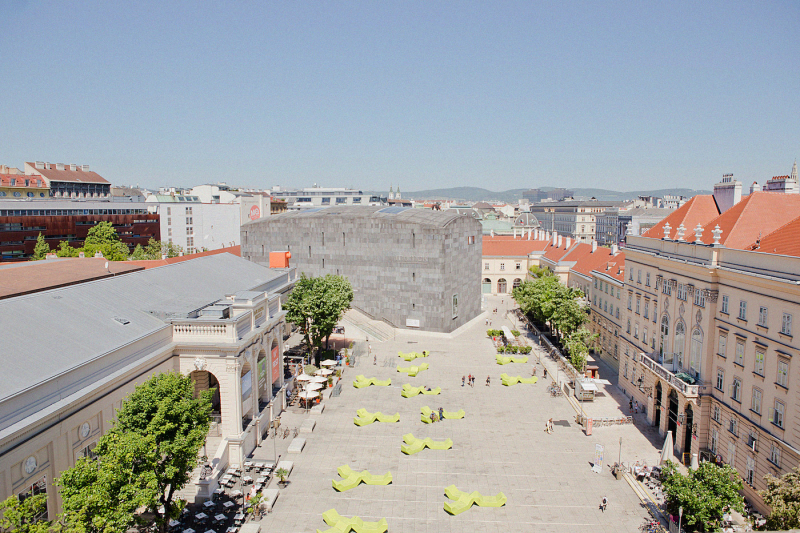
MuseumsQuartier 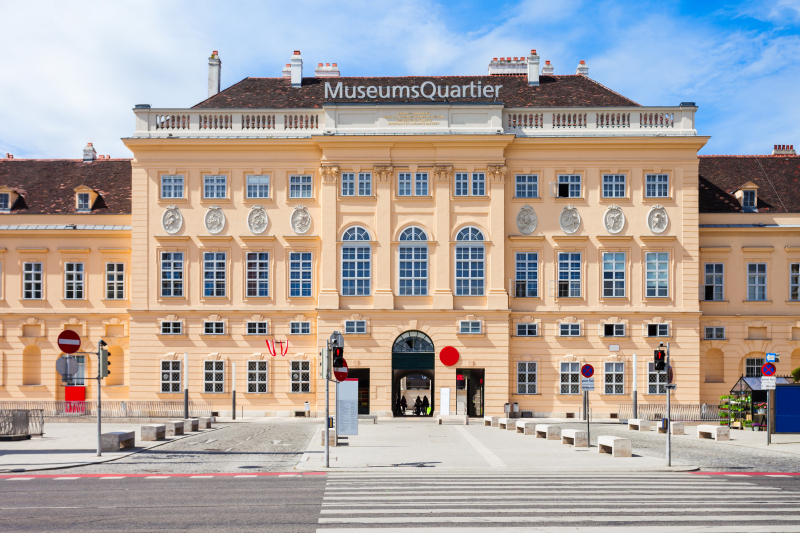
MuseumsQuartier -
Not only is the Belvedere a gorgeous Baroque castle, but it also holds one of Austria's most significant art collections, including pieces by Gustav Klimt, Egon Schiele, and Oskar Kokoschka. The 24 paintings by Gustav Klimt with his golden imagery "The Kiss" and "Judith" constitute the core of the Belvedere collection. Klimt's "The Kiss" is particularly well-known. Klimt and his companion Emilie Flöge are shown as a couple in love in the 180 × 180 cm picture, which was completed in 1908/09. "The Kiss" is most likely Austria's most well-known work of art. Klimt's pictures of ladies also awe and inspire visitors to the Upper Belvedere.
The Upper Belvedere's permanent display was fully rebuilt at the beginning of 2018: 420 paintings may be exhibited in seven thematic rooms spread across three floors. The trip begins with a historical overview of the Belvedere. Other rooms display artwork from the Middle Ages, Baroque, Classicism, and Biedermeier eras. On the first level, a distinct, huge space is naturally dedicated to Vienna Modernism and 1900s art, where Klimt's "Kiss" has found a new home. Finally, on the second level, you may see paintings from the interwar and postwar years.
Location: Prinz-Eugen-Straße 27, Vienna 1030
Website: belvedere.at/en/museum
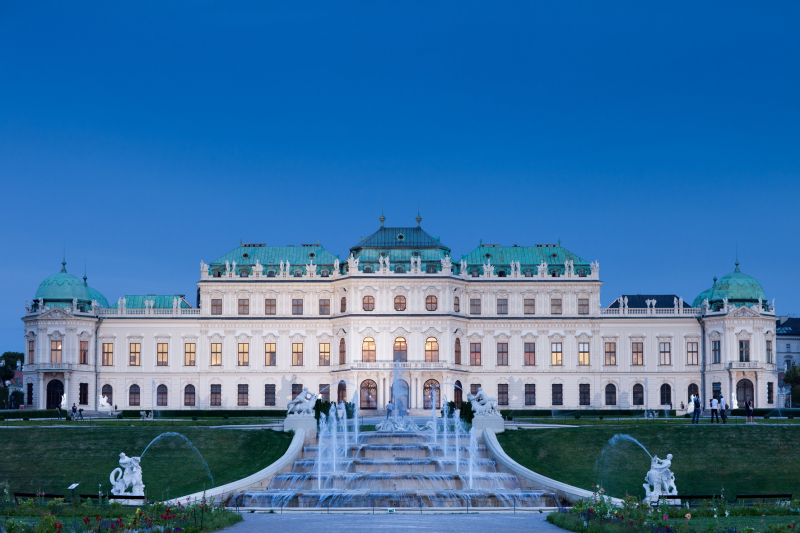
Belvedere 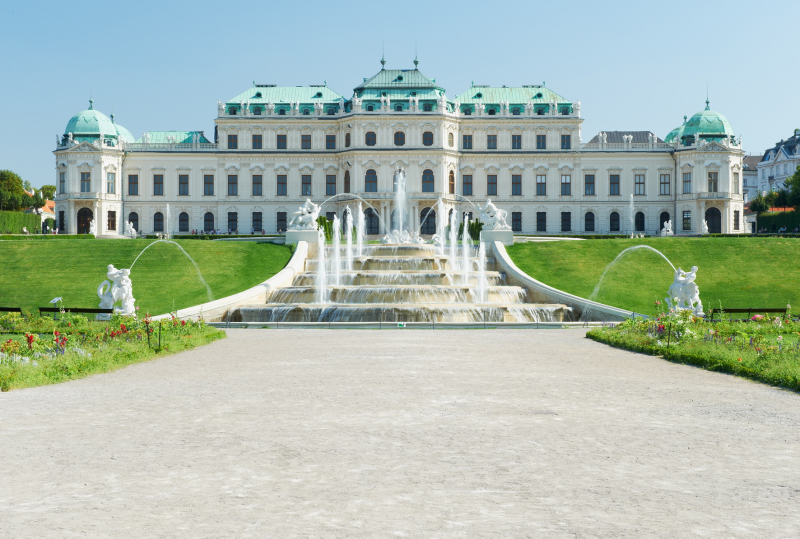
Belvedere -
The Albertina not only features one of the world's largest and most valuable graphic collections, featuring works like Dürer's "Hare" and Klimt's studies of women. Its most recent show selection features Modern masterworks ranging from Monet through Picasso and Baselitz. The Albertina, the largest Habsburg residential palace, occupies the southern point of the Imperial Palace atop one of Vienna's few intact castle walls.
The collection, which was founded in 1776 by Duke Albert of Saxony-Teschen, Empress Maria Theresia's son-in-law, has about one million prints and 60,000 drawings. In the rotating exhibits, famous works such as Dürer's "Hare" and "Hands folded in prayer", Rubens' studies of children, and masterpieces by Schiele, Cézanne, Klimt, Kokoschka, Picasso, and Rauschenberg are presented.
The most fascinating art trends of the last 130 years are on permanent display in Albertina's new exhibition collection, ranging from French impressionism through German expressionism to the Russian avant-garde and the present. Paintings by Beckmann, Macke, Chagall, Malevich, Rothko, Rainer, and Katz may be admired beside Monet's "Water Lily Pond", Degas' "Dancers", and Renoir's "Girl".Location: Albertinaplatz 1, Vienna 1010
Website: albertina.at
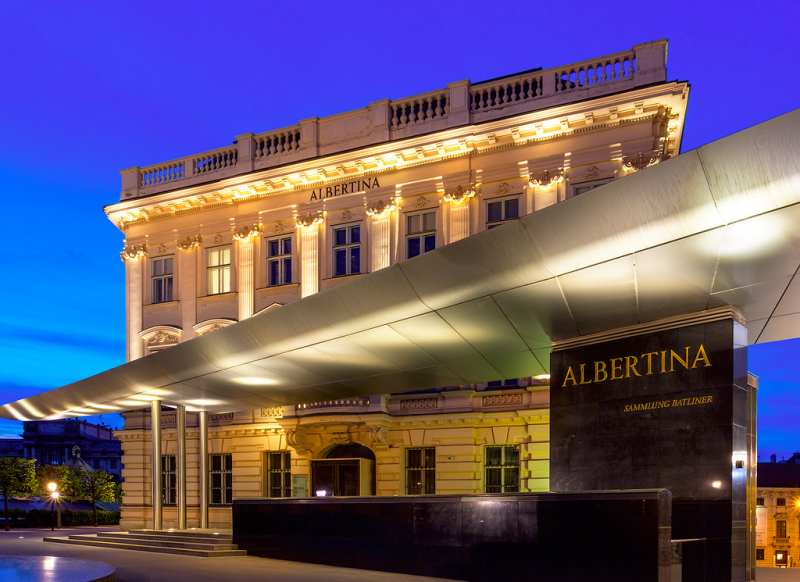
Albertina 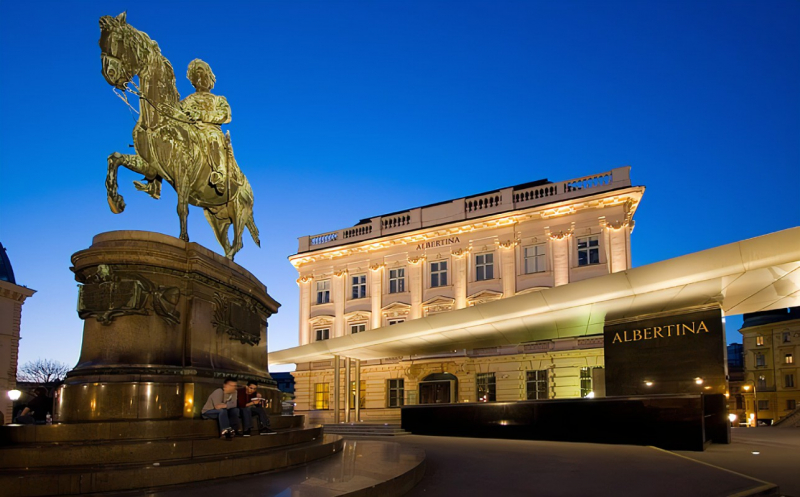
Albertina -
A new museum of modern and contemporary art has opened in Vienna. What an amazing museum! The Albertina modern, an annex of the world-renowned Albertina, comprises around 2,500 m2 in the completely refurbished Künstlerhaus. The Essl Collection and the Jablonka Collection, the two most important collections of Austrian art after 1945, serve as the foundation for the new art hotspot. Look forward to a world-class art museum.
The Albertina Modern is devoted entirely to modern, postmodern, and contemporary art. It is within a short distance from Albertina. A space has been made here to showcase the prominent figures in the art world from previous decades. The museum's holdings include works by Hermann Nitsch, Maria Lassnig, and Valie Export, as well as Friedensreich Hundertwasser, Christian Ludwig Attersee, and Gottfried Helnwein.
The Albertina Modern also focuses on significant national artists from the twentieth century to the present. The museum's collection includes Andy Warhol's and Roy Lichtenstein's pop art, as well as pieces by Damien Hirst, Jonathan Meese, and Anselm Kiefer. Over 60,000 artworks by 5,000 artists are on display at the new art hotspot.Location: Karlsplatz 5, 1010 Vienna
Website: albertina.at/albertina-modern/
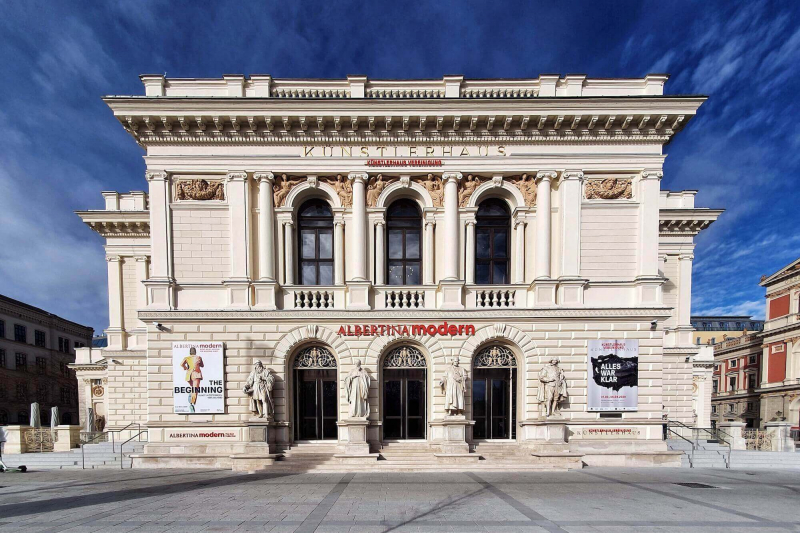
Modern, postmodern, Albertina modern 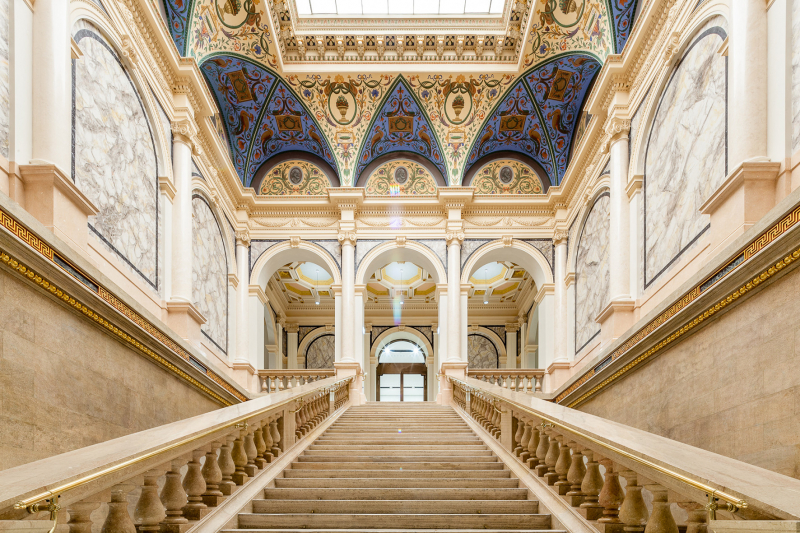
Modern, postmodern, Albertina modern -
The Leopold Museum is a one-of-a-kind treasure trove of Viennese art nouveau, the Vienna Workshop, and Expressionist art. As the most frequented museum in the city's most attractive cultural district, the MuseumsQuartier, holds the world's most significant and biggest Egon Schiele collection, as well as works by Gustav Klimt, the creator of the Vienna Secession movement. Outstanding objects from the Wiener Werkstätte, ranging from Josef Hoffmann to Koloman Moser, are also on exhibit. On an area of 5,400 m2 across four levels, the light-flooded cube of white shell limestone displays permanent highlights of the collection as well as selected temporary exhibitions.
The Leopold Museum houses 42 paintings, 187 original visuals (drawings and colored sheets), and documents (letters, etc.) by Egon Schiele. The Leopold Museum has several of his major paintings, including "Self-portrait with Physalis" and "Portrait of Wally Neuzil". Rudolf Leopold, the museum's founder, began collecting vast amounts of the exceptional works of the early Expressionist Egon Schiele in the 1950s. Schiele, who died at the age of 28, left behind a substantial body of work, which may be seen up close here.
Location: Museumsplatz 1,1070 Vienna
Website: leopoldmuseum.org
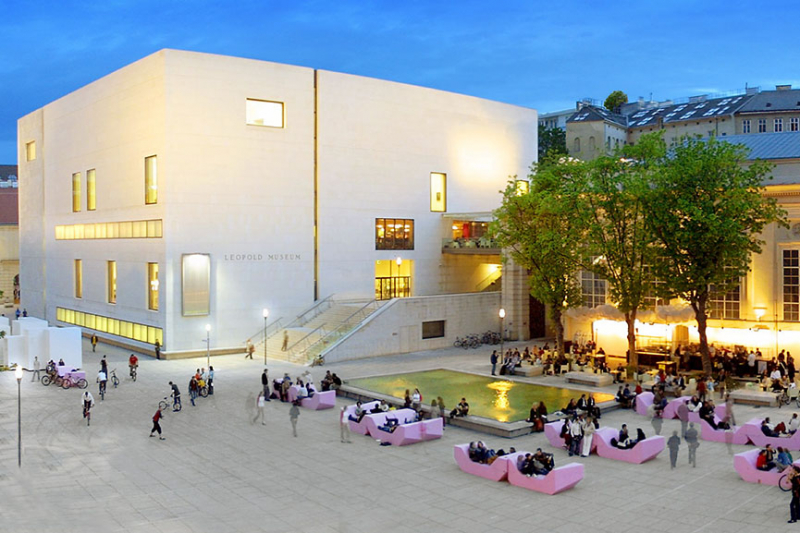
Leopold Museum 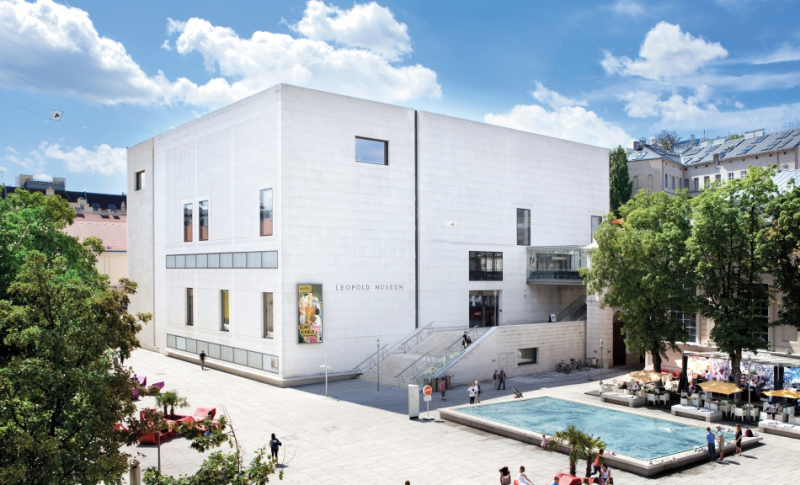
Leopold Museum -
MAK's design is one of its defining characteristics. From the Middle Ages to the present, the museum displays furniture, glass, porcelain, silver, and textiles. Precious crafts from the Wiener Werkstätte, Thonet bentwood furniture, and art nouveau highlights like Gustav Klimt's gilded design for the Stoclet Palais frieze in Brussels.
Thonet's bentwood chairs are still used in Viennese coffeehouses, and armchairs from the Middle Ages to the present appear incredibly welcoming. Because the Biedermeier style, with its basic and obvious forms, is regarded as the cradle of design, Biedermeier couches startle with pink, green, yellow, or red hues.
The Wiener Werkstätte, created in 1903 by Josef Hoffmann and Koloman Moser, manufactured high-quality glass, porcelain, silver, and textiles in unconventional patterns. A Hoffmann hammered silver service or a black and white vase would delight not just art nouveau enthusiasts. The MAK display collection "Vienna 1900" was renovated in November 2012 and dedicated entirely to the development of Viennese arts and crafts between 1890 and 1938. The exhibition rooms tell the tale of the quest for contemporary style, from the formation of a distinct Viennese style through the clash of Viennese and worldwide styles, and concluding with the National Socialists capturing power in Austria.
Location: Stubenring 5, 1010 Vienna
Website: mak.at
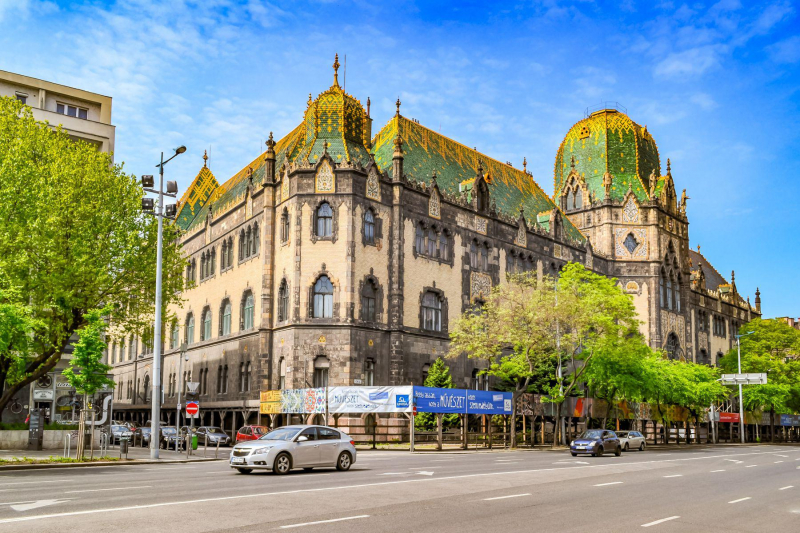
Museum for Applied Arts 
Museum for Applied Arts -
The mumok - Museum of Modern Art Ludwig Foundation Vienna in the MuseumsQuartier focuses on art from the twentieth and twenty-first centuries. Visitors are invited to interact with works by Andy Warhol, Claes Oldenburg, Pablo Picasso, Yoko Ono, Günter Brus, and Gerhard Richter.
The mumok mixes highlights of sociological and reality-related art, as well as performance art, with collections based on Pop Art and Photorealism, Fluxus and Nouveau Réalisme, and Viennese Actionism. Around 9,000 pieces are included in the collection, which includes paintings, sculptures, installations, drawings, graphics, pictures, videos, films, architectural models, and furniture.
Pop Art is represented by works by Andy Warhol and Claes Oldenburg, Robert Rauschenberg and Jasper Johns, as well as Fluxus and Nouveau Réalisme by Daniel Spoerri, Nam June Paik, Yoko Ono, George Brecht, and Marcel Duchamp. With works by Günter Brus, Otto Muehl, Hermann Nitsch, and Rudolf Schwarzkogler, Viennese Actionism, Austria's radical and most important contribution to the international growth of the Avant-garde movement, is excellently chronicled. The mumok also includes a few key Classical-Modern paintings (by Pablo Picasso, Paul Klee, and Piet Mondrian, among others).
Location: Museumsplatz 1, 1070 Vienna
Website: mumok.at
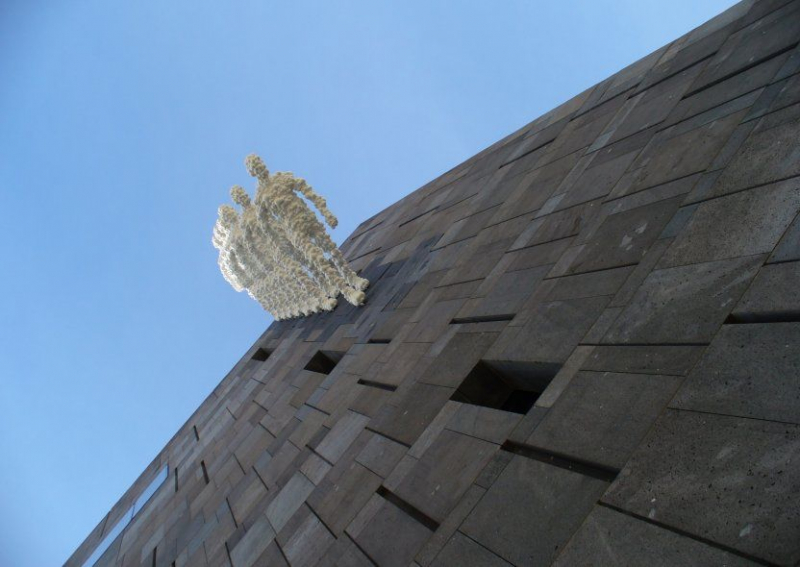
Museum of Modern Art 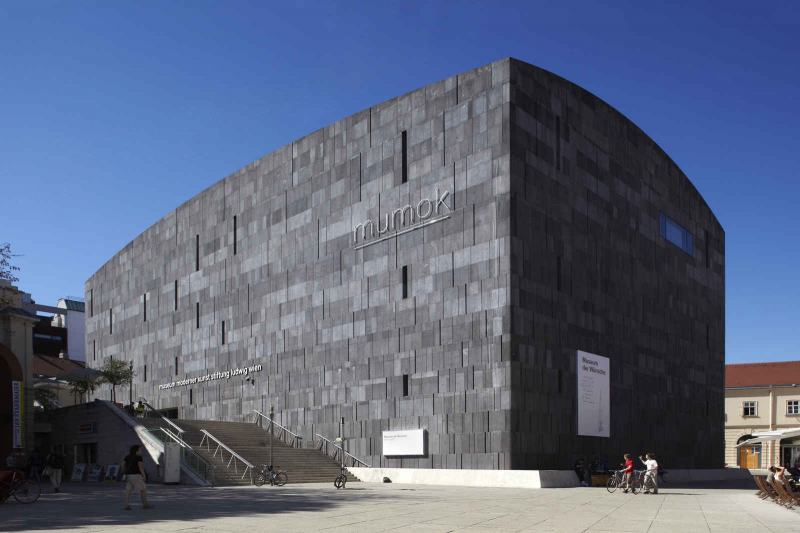
Museum of Modern Art -
After an 18-month repair and makeover, Vienna's most renowned address reopened its doors in 2020. The chambers where Sigmund Freud lived and worked have been made into an exhibit at the newly restored museum. This new technique allows us to rediscover psychoanalysis's founding father.
If you're looking for Sigmund Freud, you'll end up here — at the cradle of psychoanalysis. And, just like his patients did over a century ago, you'll stand downstairs at the door and ring the bell on the world-famous professor's door. The Sigmund Freud Museum is not your typical memorial place the moment you step inside. It is a place that has kept Freud's soul alive to this day. However, it also serves as a warning about the loss of culture and humanity under National Socialism's terror rule.
Location: Berggasse 17, 1090 Vienna
Website: freud-museum.at
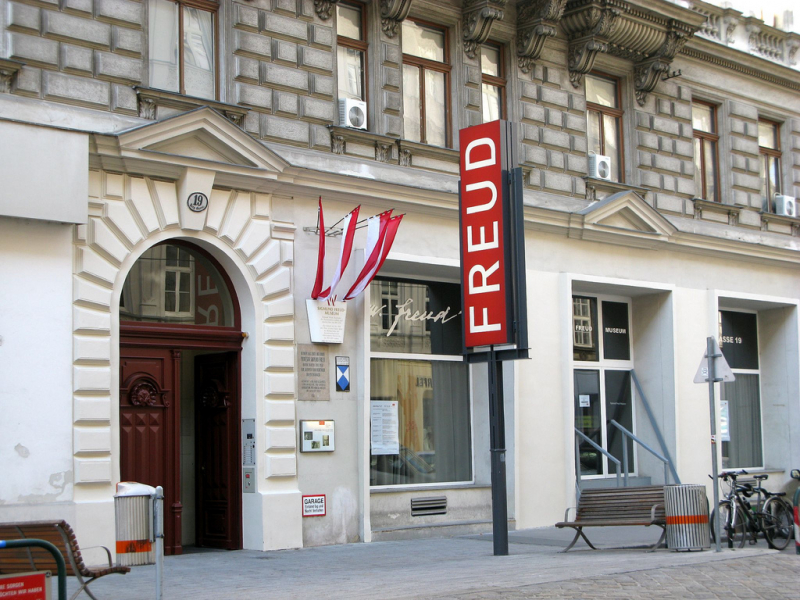
Sigmund Freud Museum 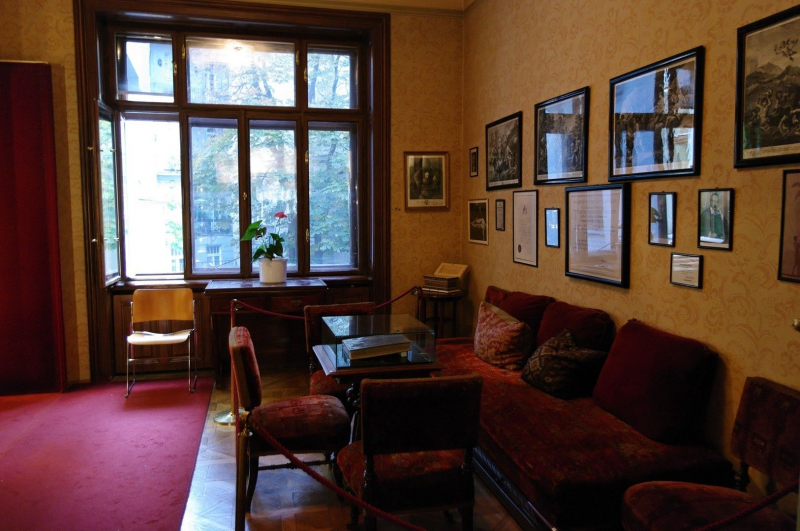
Sigmund Freud Museum -
In a 22,000-square-meter expanse, the Vienna Museum of Technology provides unparalleled insights into the world of technology. The museum's distinctive displays from the past to the future make it a showcase for fascinating technical breakthroughs. Multimedia presentations provide light on the impact of technological advancements on society, economics, and culture. Visitors get a glimpse into the fascinating world of technology.
The high-voltage demonstration is another highlight: A singing Tesla coil generates incredibly high voltages, which result in lightning bolts. These discharges have a unique purpose: they play music. The discharge's energy is managed in such a way that the lightning itself becomes a speaker. Normally, all you can hear is crackling, but the singing Tesla coil produces music. The repertoire includes songs such as "The Blue Danube" and "Smoke on the Water".
Location: Mariahilfer Straße 212, 1140 Vienna
Website: technischesmuseum.at
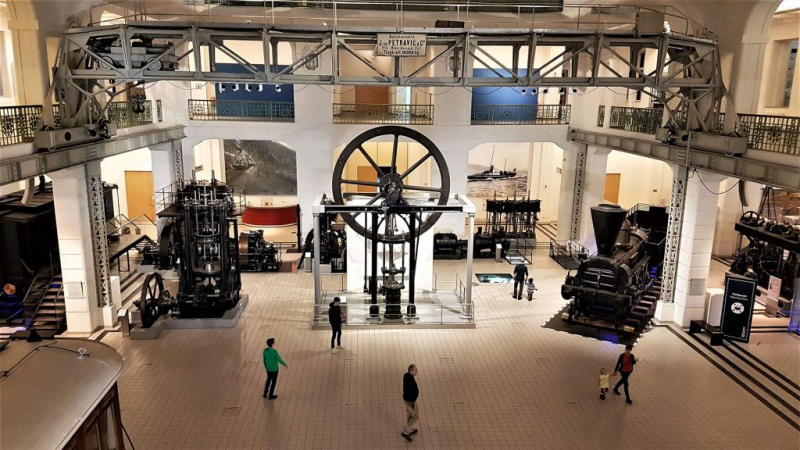
Technisches Museum Wien 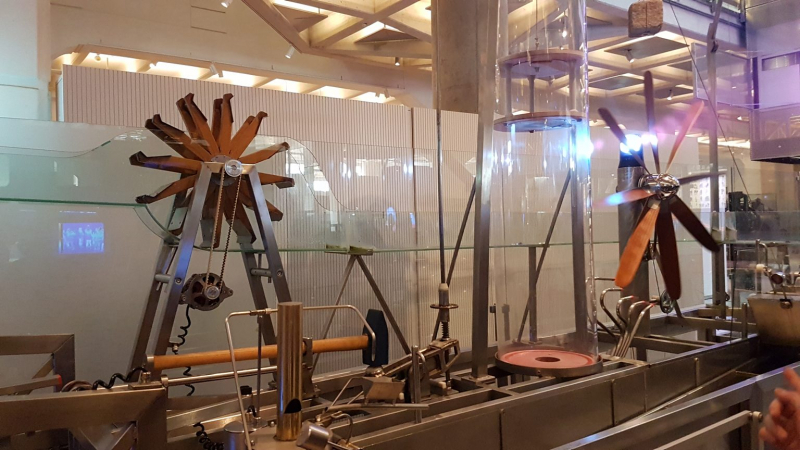
Technisches Museum Wien -
The Third Man Museum serves as a gathering space for cinema enthusiasts as well as an introduction to Vienna's postwar history. In addition to a vast collection of original exhibits on the film classic "The Third Man", which was shot in Vienna in 1948, thorough documentation deals with the film's historical context and displays originals from the occupied period in Vienna (1945-1955).
There are thirteen rooms with 2,500 original artifacts including Anton Karas' video zither. His film music became famous across the world and sparked a zither craze in the 1950s. Four hundred playable cover versions of the "Harry Lime theme" demonstrate how popular the song was at the time.
In addition, the museum has original scripts, cameras used on set, and Hansel's cap. One of the attractions is a 1936 movie projector that still works and plays back a brief film scene. In 1950, "The Third Man" was shown for the first time using such projectors. A video like no other that depicts Vienna as it was wrecked by war and taken by the Allies.
Location: Pressgasse 25, 1040 Vienna
Website: thirdman.museum
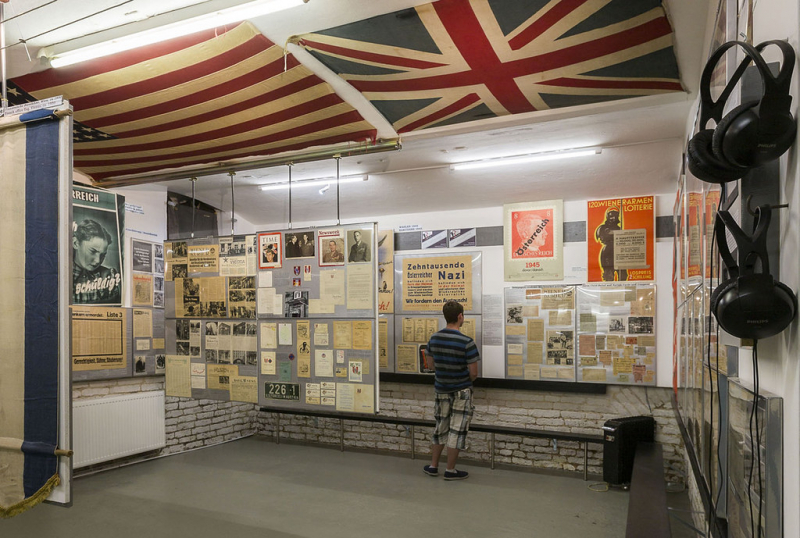
The Third Man Museum 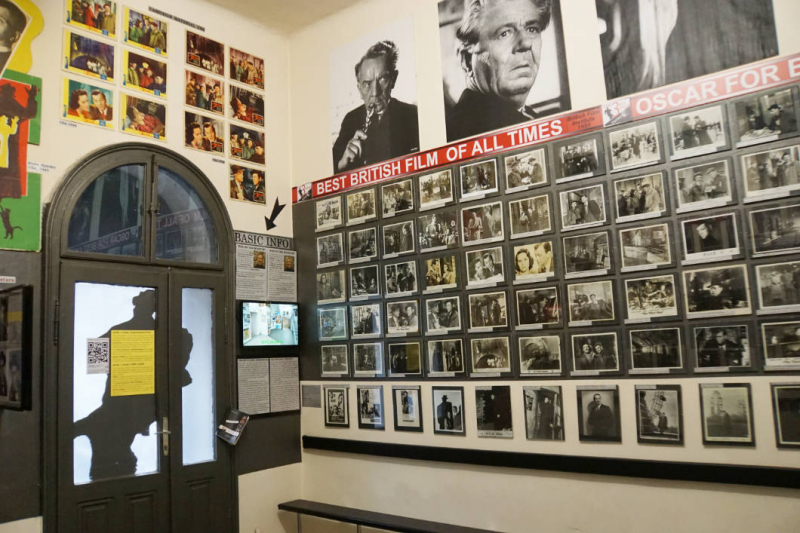
The Third Man Museum














